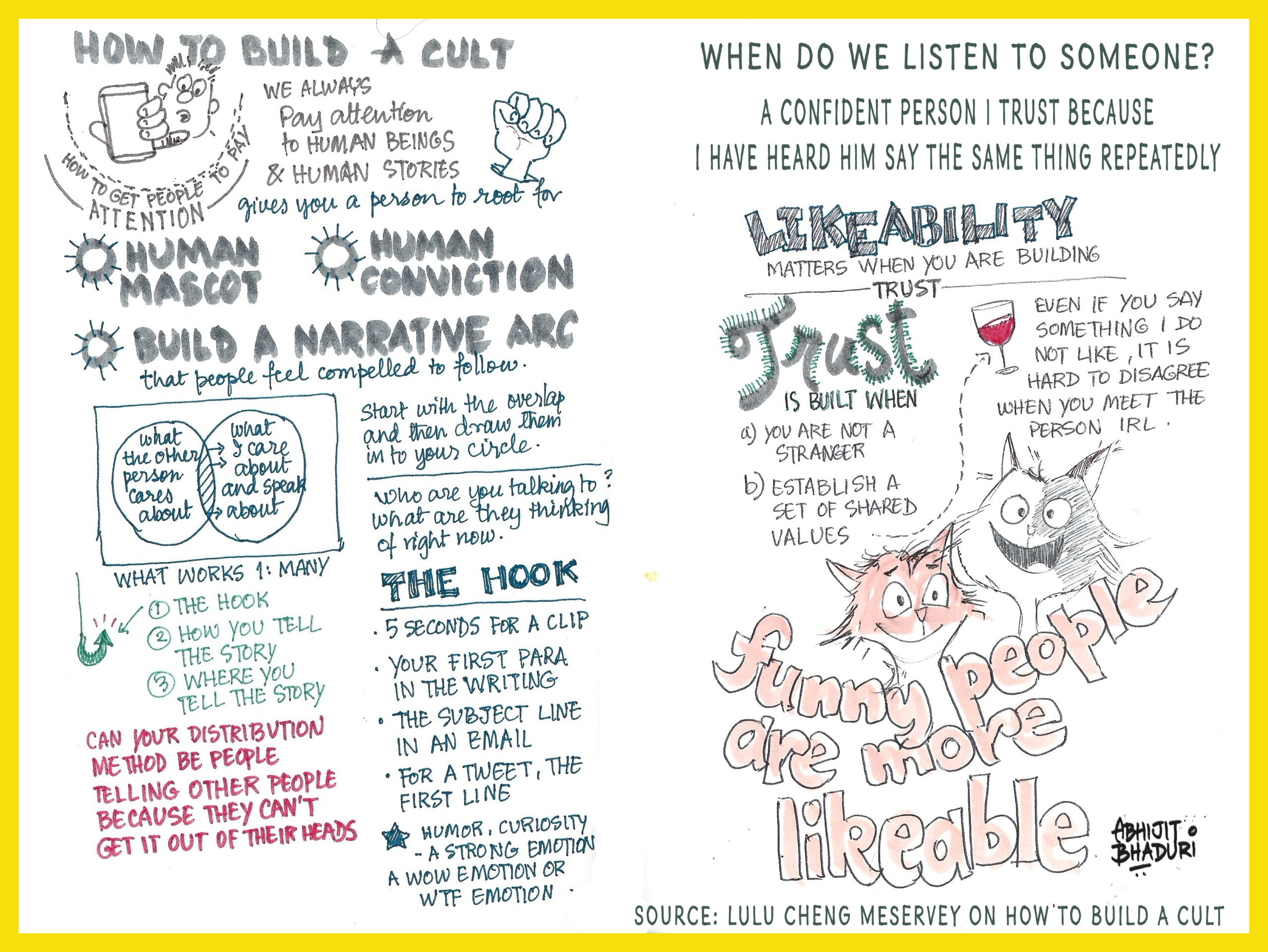
Your behaviour changes your brain
- Our brain develops continuously: Contrary to the outdated belief that the brain’s development halts after childhood, neuroplasticity occurs at all ages. This means our brains are continually evolving in response to our experiences.

- There are 3 ways in which neuroplasticity happens
- Chemical: Short-term changes in neurotransmitter levels that can enhance or diminish brain activity.
- Structural: Long-term changes in the brain’s physical structure, such as the growth of new neurons or connections. London cabbies had to memorise the map of London (before Google Maps) and that changed the shape and size of their brain. Read this
- Functional: The brain shifts functions from the damaged areas to healthy ones. This happens a lot when a part of the brain is injured.

- Individual Variability: Neuroplasticity is highly individualized. Factors such as genetics, environment, and personal experiences influence how our brains change, making personalized approaches to learning essential. The way you learn will be different from anyone else.
- Active Engagement is Crucial: The brain grows when you struggle to learn something. Deliberate Practice helps. But then so does the regular practice of doing something. Learn actively. We dread learning because it is messy. We feel inadequate and stupid. We are embarrassed about how long it is taking us to learn a skill. This wobbling is a sign that you are getting better at the skill. This wobbling is your SUPERPOWER. (Read this)


